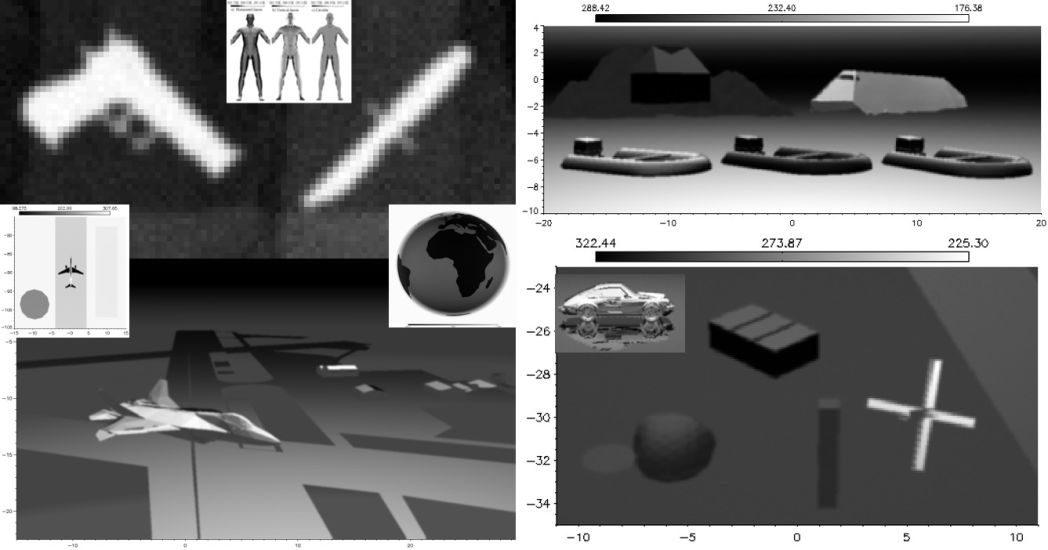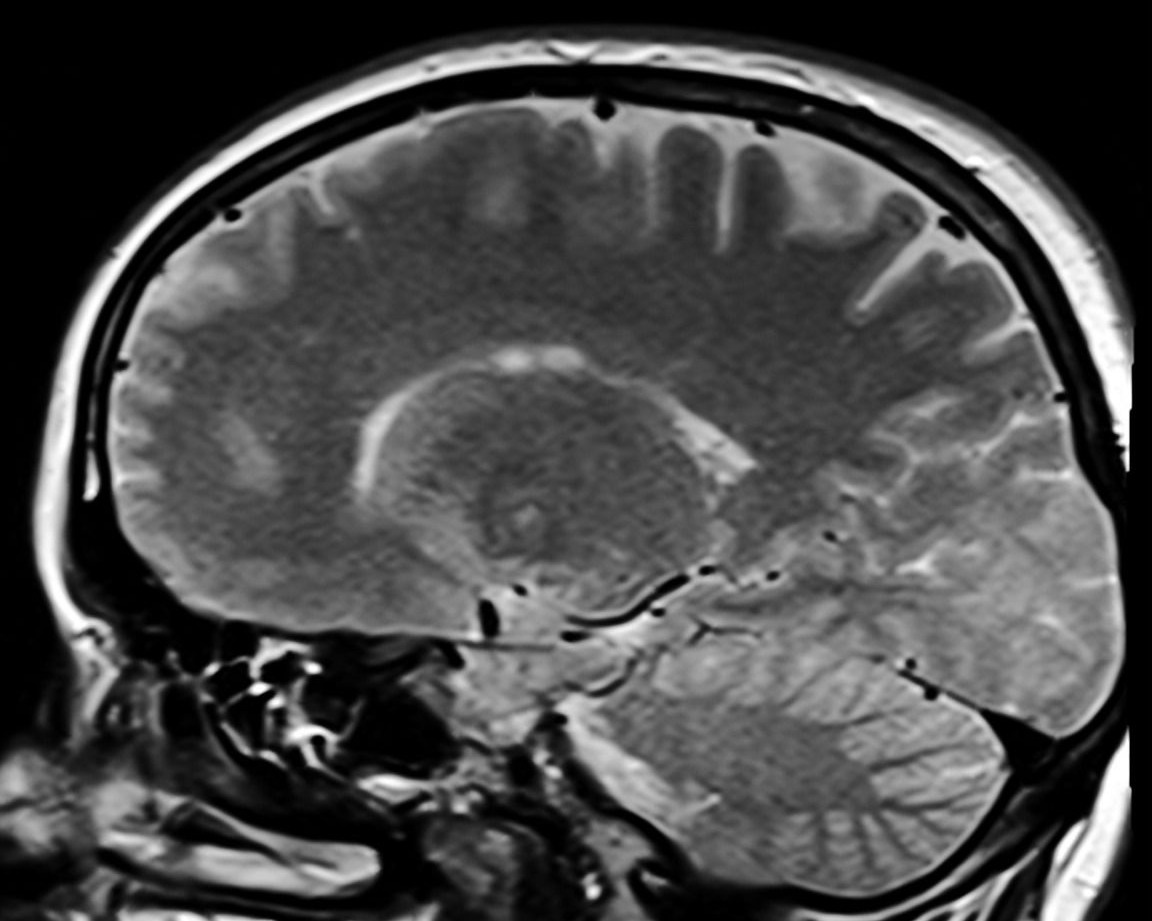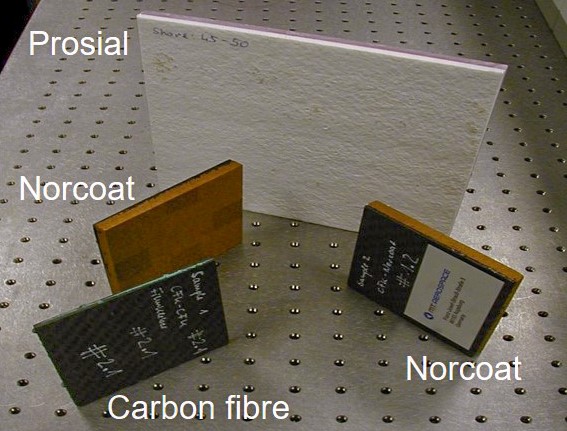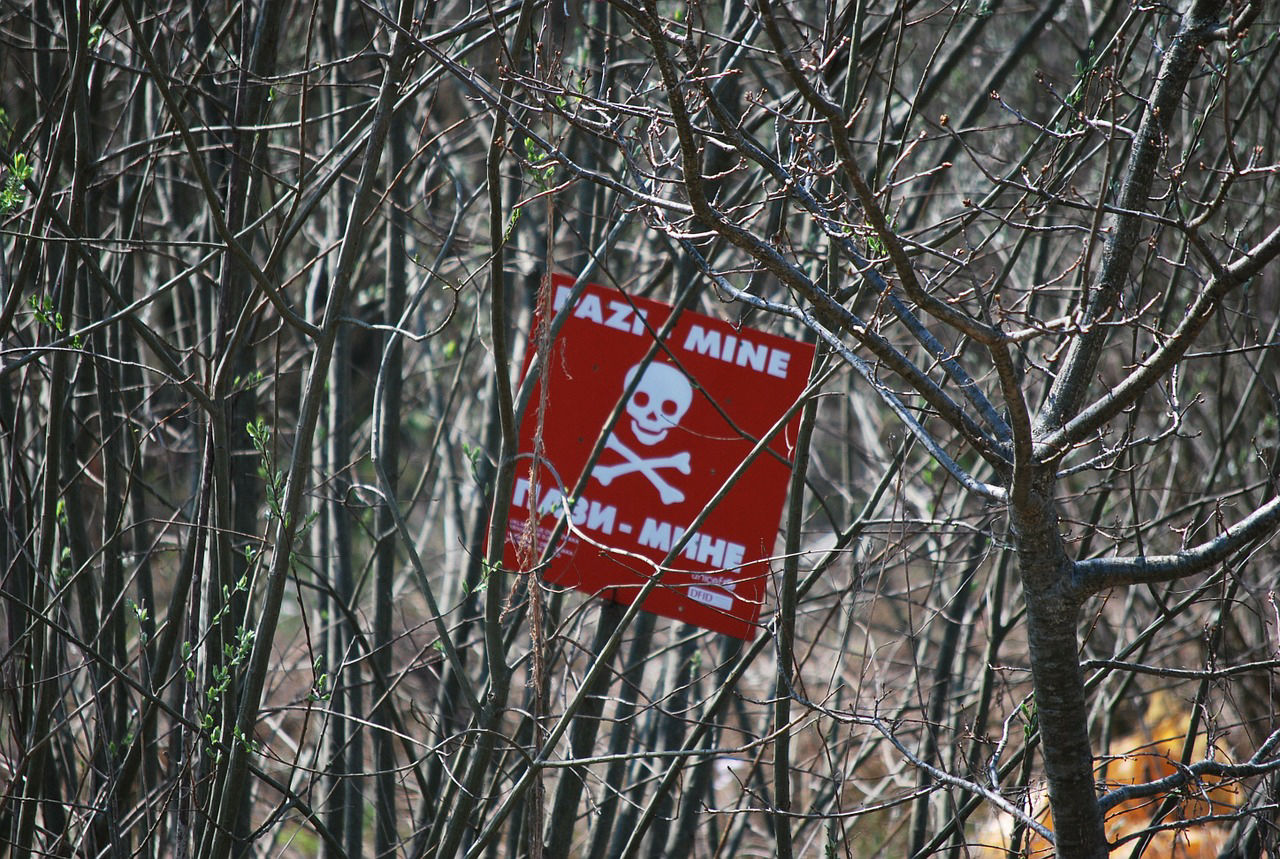
Stand-Off Security Screening
Investigate full polarimetric radar to screen individuals and their bags out to distances of tens of metres for concealed threats. This active technique (whereby a coherent electromagnetic wave is transmitted to the subject and the reflection measured) enables a greater information content to be extracted than with a passive (or radiometric) polarimetric system or an intensity polarimetric radar. This is critical in a regime where the spatial information content (limited by diffraction) is low and where the passive signature from threats is very much smaller than the background emission. A simulation of a wave from a polarimetric millimetre wave radar probing a human torso is shown here. The technique is suitable for screening both people and their baggage, both together or seperately.
Hardware to develop these systems is now considerably lower cost than it was several years ago due to the availability of subsystem modules (at 24, 60, 77, 120 GHz) developed for the automotive radar and communications industry. Demonstrator systems can now be constructed that are compact and operate with wide radiation bandwidths (few GHz) and signal bandwidths (few MHz) to minimise the effects of depolarisation.
The phase and amplitude of calibrated data enable the full polarimetric response of a target to be captured at a range of radiation frequencies. This is then analysed by decomposition methods to categorise a threat type. The data obtained is rich in information about concealed items, the clothing of a person and their body. This technique will revolutionise the way stand-off security screening is performed at checkpoints and in public places for protection of the general public. Such a system may be used in a hand-held configuration at a range of down to half a metre. The stand-off range offers protection against persons with bad intent, who may be carrying weapons or infection. Its operation may also be automated in conjunction with video cameras to screen people entering controlled areas.
Data from forward simulation or experimental kit can be generated, then inversion techniques and decomposition algorithms from synthetic aperture radar (SAR) remote sensing can be used to identify characteristic features of weapons. Huynen/Euler Target Parameters or the H-alpha decomposition can be analysed across the radiation frequencies by neural networks to identify targets. These techniques are non-invasive, violate no privacy laws and enable remote recognition of guns and knives carried on a person under their clothing.
Spin-outs: The polarimetric sensor concept will have applications in other areas, where object discrimination is paramount, such as medical screening and self-driving cars.

Portal Security Screening
Investigate aperture synthesis image generation algorithms for three-dimensional imaging of subjects in walk-through, high-performance airport security screening portals. Algorithms are already available to generate cross-correlations from three-dimensional subjects carrying threats and the Gerchberg-Saxton technique can be used to invert these to generate a 3-D image of the original subject. The field-of-view and depth-of-field of this technique is unlimited, so all threats are in focus, ideally suited to walk-through security screening. Radiometric aperture synthesis (a technique from radio astronomy) has the capability to deliver artefact free, machine-interpretable imagery of threats concealed in areas of the body that are normally difficult to screen using conventional coherently illuminating millimetre wave systems.
Being able to identify non-metallic threats concealed anywhere on the human body, rapidly and efficiently, is ideal for airport security and will lead to spin out products for other deployment scenarios (e.g. entrances to public transport systems, buildings, arenas etc.). The measured signature, being a combination of known reflectance and thermal emission from the human body, means this screening technique is virtually impossible to defeat. The system hardware for aperture synthesis imagers will be heavily dependent on millimetre wave receivers linked to FPGA based digital cross-correlators running at GHz sample rates. Aperture synthesis image creation algorithms can be investigated using existing validated forward simulation software, whilst hardware for portals is developed in parallel.

Scene Simulation
Investigate full polarimetric ray-tracing algorithms and processing in Graphical Processor Units (GPUs) to enable high-speed scene simulations, including the effects of scattering and semi-transparency of materials for active and passive imaging. The software can be used to investigate the full spectrum of applications for markets such as:
* Portal and stand-off security screening of persons
* All-weather imaging in fog/cloud:
- Landing aircraft/helicopters close to obstacles (vision through brownout)
- Sea vessel littoral manoeuvre in coastal fog (a capability gap of IR/visible imagers)
- Warnings of approaching small (RIBs) sea craft (ship radar cant detect these)
* Vehicle screening at ports for stowaways
* Mail package screening using radar
* Hypersonic missile, plume and associated plasma recognitions
* Satellite-based earth observation.
Scene simulations are an excellent way of illustrating how phenomenology changes through the different atmospheric transmission windows (eg. 35, 94, 140 & 220 GHz) and absorption bands (at 60 & 183 GHz). The analysis of much experimental imagery has validated the simulation techniques. Models in the simulation estimate the radiometric emission and reflection of metals, dielectrics (including water and plastics etc.) and plasmas, taking into consideration the physical (aka thermodynamic) temperatures of the targets and their environmental illumination. Radiation transport then propagates these target signatures through the atmosphere to the imager location. Simulation provides a means of assessing imager system performance for a wide range of (air, sea, land and space sensor-based) scenarios without having to conduct lengthy and expensive trials and experiments.





